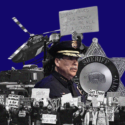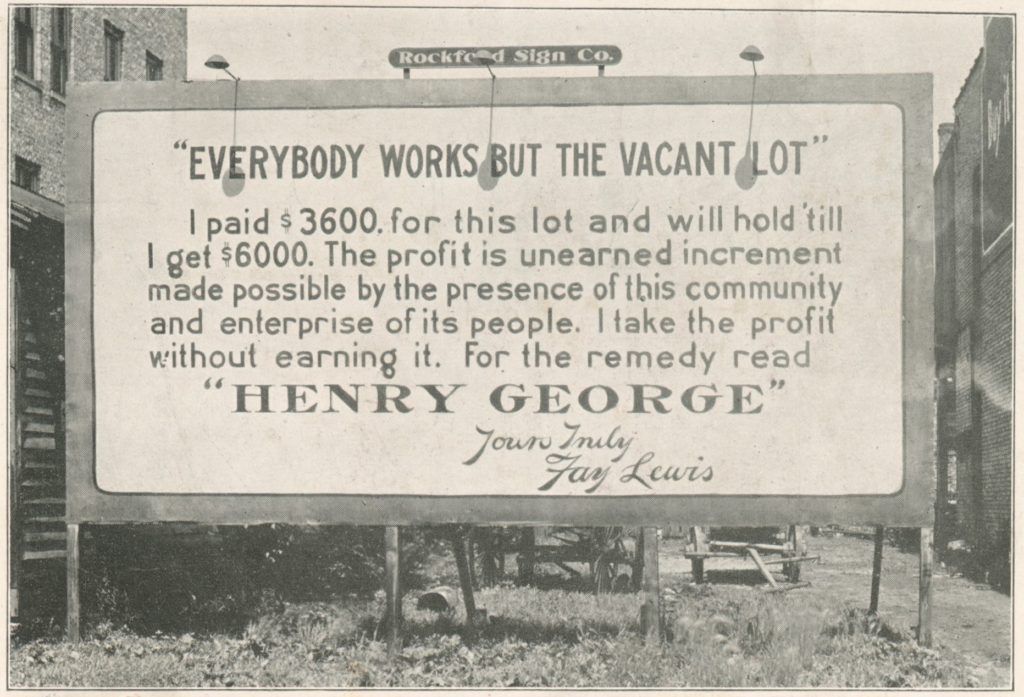REVIEW: Saint Shivers Steps Out of the Darkness with New EP
The band’s recent releases explore themes of breaking free of expectations while we’re all trapped indoors
4 minute read“Now the world’s a little older / but it’s just the same.”
—Saint Shivers, “Mr. Jones”
After months of planning back in late 2019, Saint Shivers made a music video and started preparing their debut EP release show for this spring.
Then came March 19, the day the music died—at least live music—and like so many bands, they put everything on pause and waited.
But with so much uncertainty in the air, they’ve decided to just unleash the music video, along with their first EP “Saint Shivers I.”
“I feel like we probably aren’t going to play this year,” songwriter and guitarist Kelsey Landazuri said. “So there’s no point waiting a long time.”
On April 24, the gang released the music video for “Mr. Jones,” a deceitfully upbeat tune that tells the story of the moment when someone realizes that they don’t have control over their choices. Outside forces—which there seems to be a ton of right now—may cloud one’s judgement, the music video implies, and could lead to some risky territory.
Saint Shivers’ music is at once nostalgic, while feeling like a fresh take on Western blues that echoes the sounds of ZZ Top, Don McLean, and The Black Keys. The band is Landazuri, bassist Michael Williams, and drummer Brian Newhard.
Landazuri wrote, produced, and directed the music video for Mr. Jones, which came together in classic DIY style: a small crew of friends with a small budget shot it over two days, in the backyard of WARGIRL’s Matt Wignall. Landazuri describes it as Spaghetti Western meets surrealistic short film meets vaudeville.
There’s a lone traveler, bandits, a queen, a sword fight, and several murders in the span of three and a half minutes.
Tomisin Oluwole
Face the Music, 2022
Acrylic on canvas
24 x 36 inches
Click here to check out our interview with Tomisin Oluwole, a literary and visual artist based in Long Beach.

Instead of gunking up our site with ads, we use this space to display and promote the work of local artists.
“The lyrics of the song are about everyone being just a piece of the puzzle, or a baby, or a prisoner falling back in line,” said Landazuri.
She finds inspiration for songs from riddles like this, usually when she’s driving to or from work. Simple and full of depth, the rolling guitars blend just right with the band’s collective croons. But the lyrics soar above every element of the melody.
“The song is sort of happy but the lyrics aren’t if you pay attention to them,” she said. “The music I gravitate towards … the lyrics have a twist on them that really makes you think.”
“Mr. Jones” is the follow-up to a similarly melancholic Saint Shivers track “Bloodline,” released on Bandcamp in the Fall of 2018.
Both songs, plus four new tracks, can be found on their new EP “Saint Shivers I.”

Photo by Madison D’Ornellas
Opening with “Bloodline,” the record begins with a sorrowful tone, full of regret but sprinkled with hope, helped along with a groovy baseline and catchy storytelling from Landazuri’s eager lyrics like, “And I say to you now ‘What would I be / if I again stumbled in your mountains, and tossed across your sea?’”
Followed by the dancy “Honest Woman” and “Mr. Jones,” tracks with heavier sounds like “Holy Water” and “Fences” push Saint Shivers’ rock ‘n’ roll tone more towards psychedelic rock and Britpop.
The EP is a kind of one-way conversation with something or someone, begging for answers to questions that go unspoken, while returning to memories of ideas of what was lost and found in the narrator’s past, with each song moving closer to the emotional peak in “Holy Water.” Landazuri’s voice actually gets louder, more sinister than what we hear throughout the rest of the record.
But like its beginning, “Saint Shivers I” ends with the folky “Adeleen,” with lyrics asking us to take pause, reflect, and “pick yourself up off the floor, and the clothes that you once wore / It was just some lonely pastime in this town.” Equipped with Dylan-esque harmonica playing, the usual rolling drums stop and the guitars slow at the coda, returning us to the ending of the first track.
Saint Shivers’ m.o. seems to be that they’re “lost in the darkness,” but the band is able to thread joy into their tunes, like remembering moments you keep of someone from your past.
You can purchase “Saint Shivers I” on the trio’s Bandcamp page.


 madison@forthe.org
madison@forthe.org




